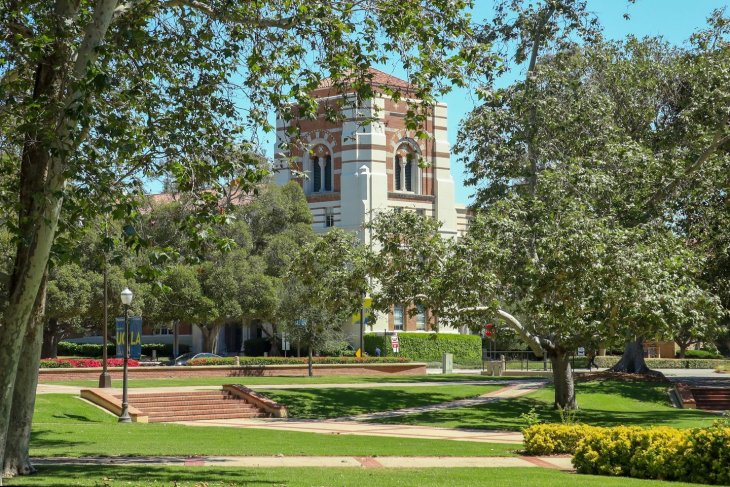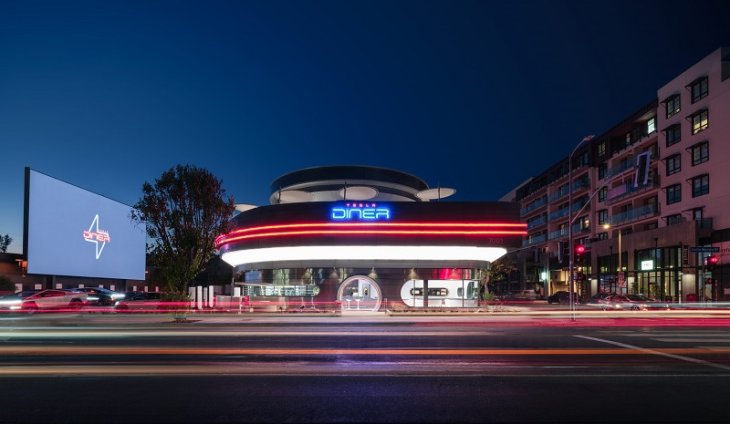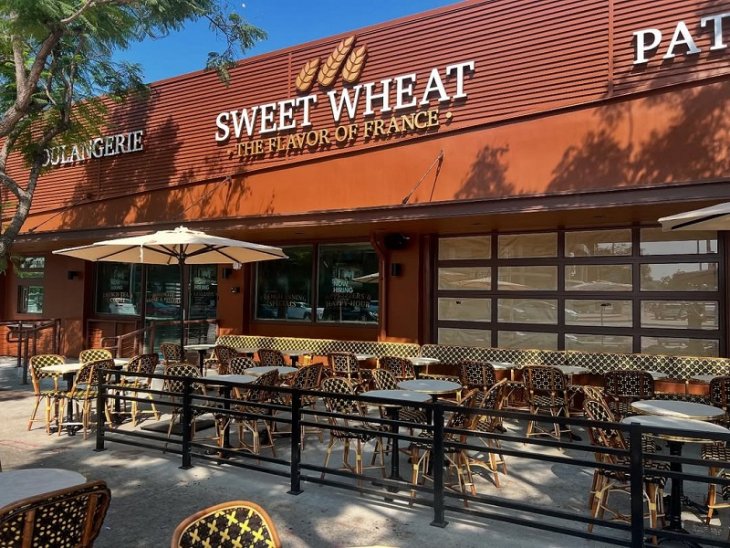
According to real estate experts our residential real estate market has already shifted out of its rapid recovery phase of the last couple of years to a more stable period of economic recovery. The current phase is being referred to as the “new normal.”
The drop in price gains in 2014 from 2013 was dramatic. Experts predicted t the run up in prices in 2013 in Southern California was not sustainable. The current forecast is for the continuation of a slowdown in price appreciation, but at a slower more stable pace.
The California market is expected to rise by about 5.2 percent by year end. On the national level, Realtor.com forecasts an annual gain of 4 percent to 5 percent and Zillow predicts a rise of only 2.5 percent for 2015.
Although prices gains are expected to slow, economists say this will not make homes more affordable because home prices are still expected to rise at a faster rate than people’s incomes.
Another factor affecting affordability is the likelihood of a rise in interest rates by year end. The Mortgage Banker’s Association forecasts that rates will jump to 5 percent by the end of 2015. Other experts are predicting a mortgage interest rate of 4.5 percent by year end. Some think the increase in mortgage rates will come as early as mid-year.
Due to the lack of sufficient income and savings, most Americans are still not able to afford the purchase of a home. About 40 percent of Millennials (under 35 years old) say they would like to buy a home within the next five years.
As Millennials put off buying while saving for a down payment, they are helping drive demand for rentals. By the end of 2015 Millennials are expected to exceed Gen X buyers (35 to 50 year olds) to become the largest group of potential homebuyers in the United States.
However, presently as Millennials continue to delay buying and decrease the pool of available rental units, they are contributing to the rise in rental prices. With so many that lost their homes in the recession forced to rent and so many Millennials unemployed, homeownership has declined from 52 percent in 2007 to 48 percent now.
Although incomes in metro L.A. grew 1.4 percent last year, they are still down 10 percent from 2007 adjusted for inflation.
According to the experts there has been a long-term problem of both decreasing income and increasing rent.
Generally in the last couple of years, homeowners here have benefited by the leap up in home prices. Regions of Southern California have seen home values climb 40 percent in the last two years bringing many almost back to their pre-crash levels.
On the luxury Westside of Los Angeles in areas like Malibu, Brentwood, Beverly Hills and Bel-Air prices have already jumped above the highs reached in the spring/summer of 2007 before the financial crisis.
Foreign money continues to buoy the high-end market. Private wealth managers say the luxury L.A. market still looks like a bargain compared to New York and London. The outlook for the next couple of years is for slow steady growth.
For guidance regarding mortgage rates and resources, please feel free to contact me.
For a free courtesy consultation, contact Bess Hochman, a top Westside Real Estate Broker for more than 20 years. Bess is also distinguished by holding a law degree. This article expresses the opinion of the author. You are advised to consult attorneys and others experts specializing in the issues referenced in this article. Contact Bess by phone at 310.291.4111 or email Bess.CenturyCityNews@yahoo.com.





















